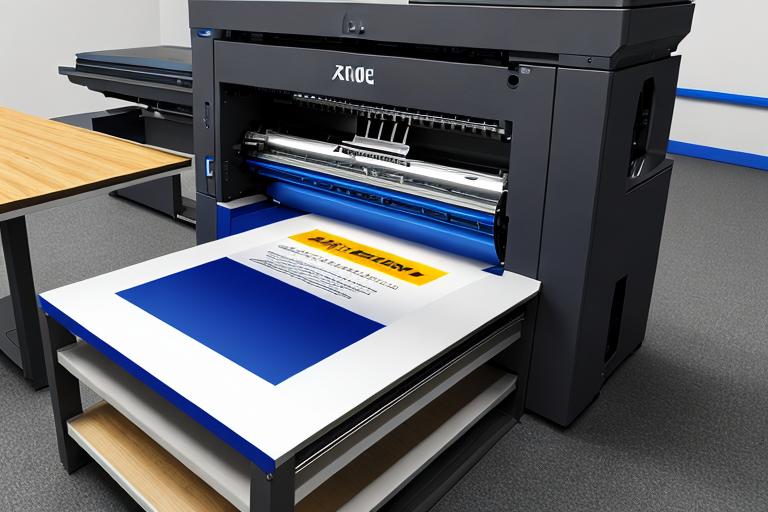Photographs capture memories of people, events, and other moments in time that are of sentimental value. The only way anyone can revisit the memories of an emotional moment in the past is when a picture or photo retains its quality and vividly displays what was captured before. However, most photos tend to fade after some time, losing their initial quality and luster. In this article, we will be discussing some of the reasons why pictures may fade after some time and how to print them so that they don’t fade in the future.
Reasons why pictures may fade after some time
A picture may fade over time if it is exposed to sunlight over prolonged periods. Ultra-violet rays can disintegrate the chemical bonds in pigments or dyes used to create the photographs. Airborne pollutants such as smoke, dust, and other particles can settle and react with the pigments in the picture causing it to fade. Improper storage in hot, humid, and acidic environments is another reason why photos may fade over time. The dyes and pigments used to print the pictures can naturally break down after a long time even if the picture is stored properly. Understanding how to print and store your pictures properly helps to retain their quality and luster over a long time.
How to print your pictures – so they don’t fade
Use high-quality printing services
Reputable and professional printing services offer a variety of printing mediums for pictures. Besides photo paper, you can also use other printing mediums such as canvas, metal, wood, or acrylic. High-quality printing services use sophisticated printing machines that ensure color accuracy and even spread of ink across surfaces. Instead of printing your pictures at home, consider a reputable printing service that uses high-quality inks, papers, and printers to enhance the longevity of your pictures.
Adjust the resolution of your image
Images that have more pixels result in sharper prints because they have more detail. It is recommended to set your image resolution to 300 dots per inch (DPI) as it guarantees the best quality prints. High-resolution pictures remain crisp and vibrant for a long time. Keep in mind that not all photos can be enhanced with software applications, especially those of low quality. Use a high-quality camera when taking pictures as it guarantees a better outcome when printing.
Calibrate your monitor
What you see on your computer screen should accurately represent the outcome after printing. One of the reasons why you might get shifts in color is when you fail to calibrate your monitor. Calibrating your monitor guarantees color accuracy and minimizes color differences in your final prints. Before you start calibrating your monitor, give it at least 30 minutes to reach its optimal performance. Switch off any ambient light as it can interfere with the process.
Proper printer maintenance
If you will be using your home printer, ensure you clean regularly and maintain it. To guarantee high-quality prints, make sure you clean the rollers and print head as per the manufacturer’s recommendations. Other types of printers have steps or instructions in their software on how to initiate the maintenance procedure. Regular cleaning and maintenance can prevent issues like color inconsistencies or streaks that affect the longevity of your photo prints.
Cover your prints
After printing, you need to protect your prints from potential damage using archival-quality sleeves or acid-free photo albums. This helps to prevent dust, sunlight, or humidity from breaking down the natural composition of ink. Avoid exposing your prints to extreme temperature changes or direct sunlight as it can cause your photos to fade over time. You can also place your favorite photos in frames covered with UV-protective glass to protect them from UV rays.
Use quality ink and paper
In terms of ink quality, pigment-based inks reign supreme as they last longer than dye-based inks. One of the major reasons why they are preferred for use is that they are less likely to smudge and more resistant to fading which ensures your prints retain their quality for a very long time. Another way to prevent your photos from fading is to choose the right photo paper. Archival-quality and acid-free papers can resist deterioration over time, making them ideal for preserving images.
Photos that are printed with high-quality printers, ink, and paper tend to last for a long time. One of the ways to ensure this happens is to preserve your photos in protective frames or printing mediums that hold pigment-based inks much longer. It is always a good idea to keep digital backups of your pictures so you can reprint them when they fade as a result of aging.


